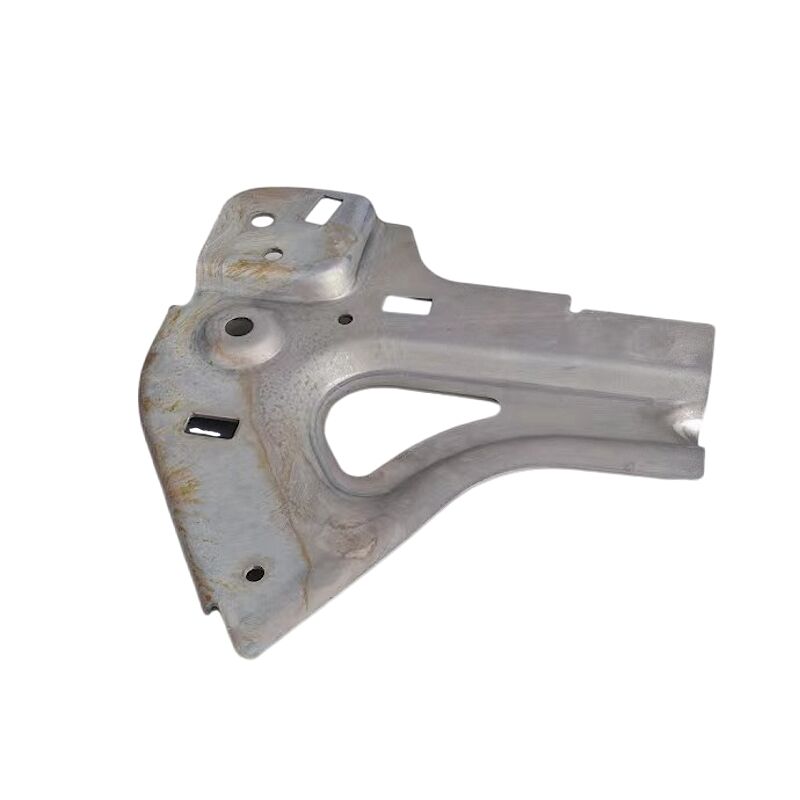Within a few years, factories in Asia will begin to redefine how they are manufacturing many of the products we experience every day. The machines that stamp parts are improving, and as they get better a major change is occurring. When we need to roll a metal or plastic plate (for example cell phone, car door, washing machine) into its final form in rapid speed and high receptivity than a manufacturing process named stamping is done with the help of dedicated machines called as Stamping Machines. You will find scores of these machines used in all types factories from one end to the other of Asia and they make a tremendous amount many-if not most-of what we depend on today.

More Efficient Stamping by 2024
Within a few of years, factories in Asia will be capable of doing virtually anything more quickly than they can today. Because the stålstämplingsmaskin will be upgraded to produce parts more rapidly and precisely than ever before. This in turn brings about higher efficiency, this allows the factories to produce more items faster which means they can make things cheaper. This is good news for all of us in the end, as it may eventually lead to cheaper products on shelfs.
Making Stamping Greener
In addition, advances in stamping technology will further contribute to the health of our environment. Factories will also able to recycle the metal leftover they have been throwing, making use of pallets which are more environmentally friendly. This change would reduce the amount of waste we are creating and provide cleaner air as well as water. Also, the new Stämpling formar machines are expected to save energy by using less electricity when making parts. This means we wasted a lot of resources, much more than incandescent bulbs before them and probably almost as many or more upfront resource use to make silicone solar panels so they'll be net energy positive at any point in their life cycle.
Higher Quality Manufacturing in Asia
And as machines get better, factories will start producing finer and more detailed pieces. These new värmestämpelmaskin are going to be accurate and that means they will have the ability make parts with a fit tolerance between components of only an nth or two. The plant is meant to enable the business help in creating new products that weren't possible with older machines. The new systems will also empower factories to make more bespoke and niche products that appeal to a wider array of customers.
Assisting Growth in Various Sectors
Many different industries in Asia will benefit by the advances made stamping technology. This includes the important sectors in automotive, electronics and home appliances. The new stamping machines will enable factories to grow and create even more jobs, which is vital for the region's economy. This means factories are becoming more efficient and producing more of whatever it is they're making, which can lead to job creation as well other kinds of growth. This is great for our Asian communities.
That is the challenge for 2024 - and to inspire some new thinking
Looking ahead, there will be some difficulties for the stamping industry in Asia. Workers using these new and advanced machines are going to need a different skill set, which is still a significant challenge. But that will require companies to train this workforce, investing time and resources into these programs.
Last but not least, a really exciting development is the use of AI within stamping. It will give even more "speed" and "accuracy" to the already quick stamping process, a benefit that is likely worth its weight in gold.
Slutsats
To sum up, the next several years are likely to see big shifts in the Asia stamping business. Manufacturers like WenZhou will see their factories expand with the advent of new stamping technology. This industry will also be essential in assisting with the creation of a better future for all, as our Environment is already over-stretched and reaching breaking point. While these benefits are significant, they bring with them a unique set of challenges in trying to stay ahead of an ever-evolving technology landscape. As a result, the increasing importance of stamping will rejuvenate it in Asia and ensure its positioning as a key driver for manufacturing across this most populous region with benefits to be reached out by many people.

 EN
EN







































